Physical Address
304 North Cardinal St.
Dorchester Center, MA 02124
Physical Address
304 North Cardinal St.
Dorchester Center, MA 02124
Every spring, Kyoto transforms into a poetic canvas painted in shades of pink, and one of the most romantic scenes is the Fushimi Jukkoku-bune cherry blossom cruise.
As the cherry trees bloom, the riverbanks are adorned with delicate pink hues, forming a mesmerizing cherry blossom tunnel.
A gentle breeze carries the petals like drifting snow, creating an enchanting floral carpet on the water’s surface.
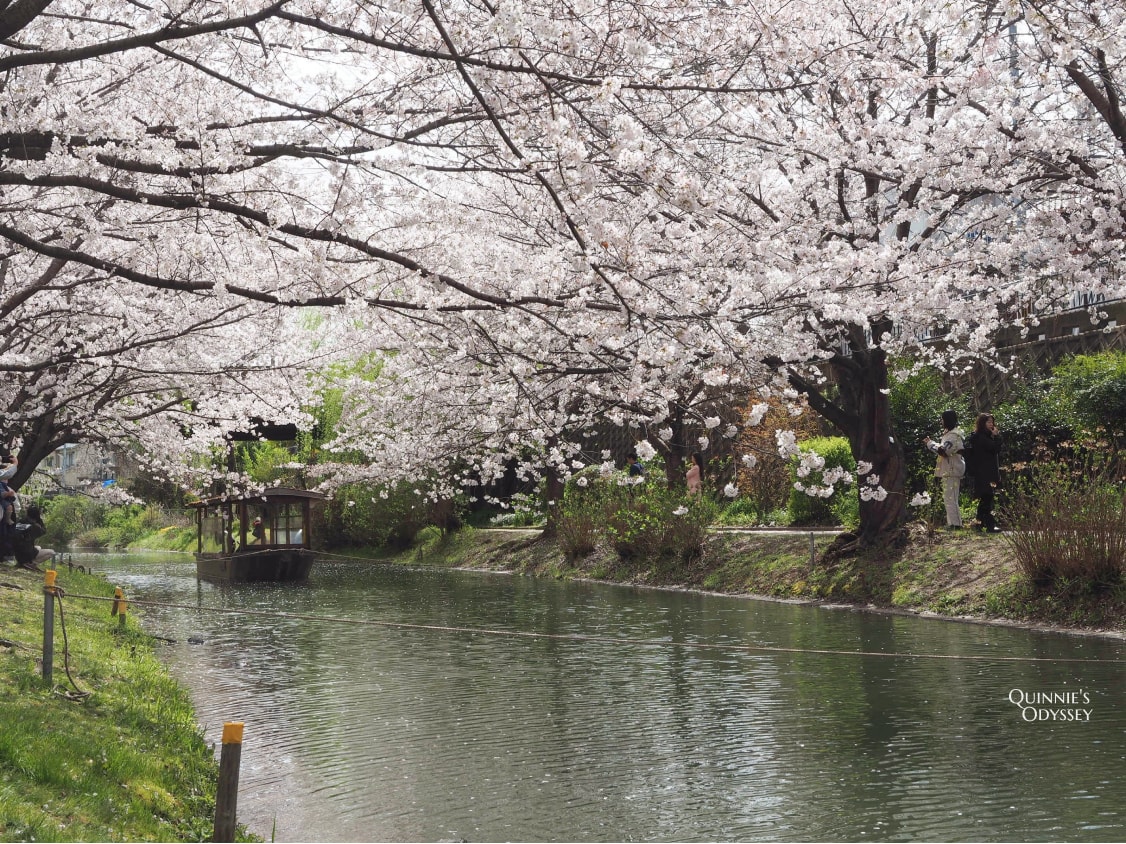
Fushimi is a historic waterside town renowned for its sake brewing. In addition to its centuries-old sake breweries, it is home to the traditional Jukkoku-bune and Sanjukkoku-bune boats, which hold deep historical significance.
During the Toyotomi Hideyoshi era, Fushimi flourished as a key transportation hub between Kyoto and Osaka, leveraging the intersecting waterways of the Katsura River, Yodo River, Uji River, and Kizu River. By the time of Tokugawa Ieyasu, the region had reached its commercial peak.
Jukkoku-bune and Sanjukkoku-bune were used to transport sake, rice, and other goods, shaping the economic and cultural landscape of the region. The term “koku” refers to a unit of volume, with the Jukkoku-bune capable of carrying ten koku of rice and accommodating around twenty passengers, while the larger Sanjukkoku-bune could hold thirty passengers.
As time passed, sedimentation of the rivers and the advent of rail transport led to the decline of these boats as commercial vessels. By the Meiji era, they had transitioned into sightseeing boats, allowing visitors to experience the changing beauty of Fushimi’s riverside scenery throughout the seasons.
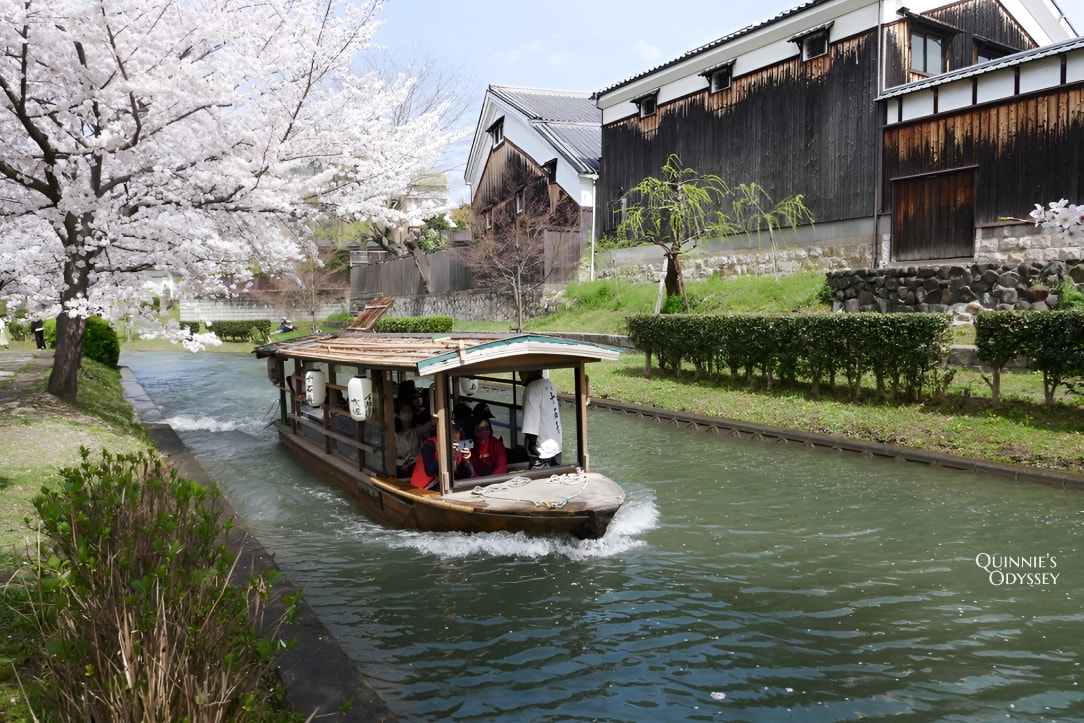
Each spring, Fushimi’s riverbanks become a must-visit cherry blossom destination. During sakura season, the Jukkoku-bune gently glides along the river, offering passengers a tranquil journey through the breathtaking cherry blossom-lined waterways. The air is filled with the delicate fragrance of sakura, and the petals sway gracefully in the wind, creating a dreamlike atmosphere.
The cherry blossom season in Kyoto typically falls between late March and early April. According to the Japan Meteorological Corporation’s 2025 forecast, the expected bloom dates are as follows:
| Location | Estimated Bloom Date | Bloom Variation | Estimated Full Bloom Date | Full Bloom Variation | Average Historical Bloom Date |
|---|---|---|---|---|---|
| Kyoto | March 29 | ±3 days | April 6 | ±2 days | March 26 |
For the latest updates, visit the Japan Meteorological Corporation’s website.
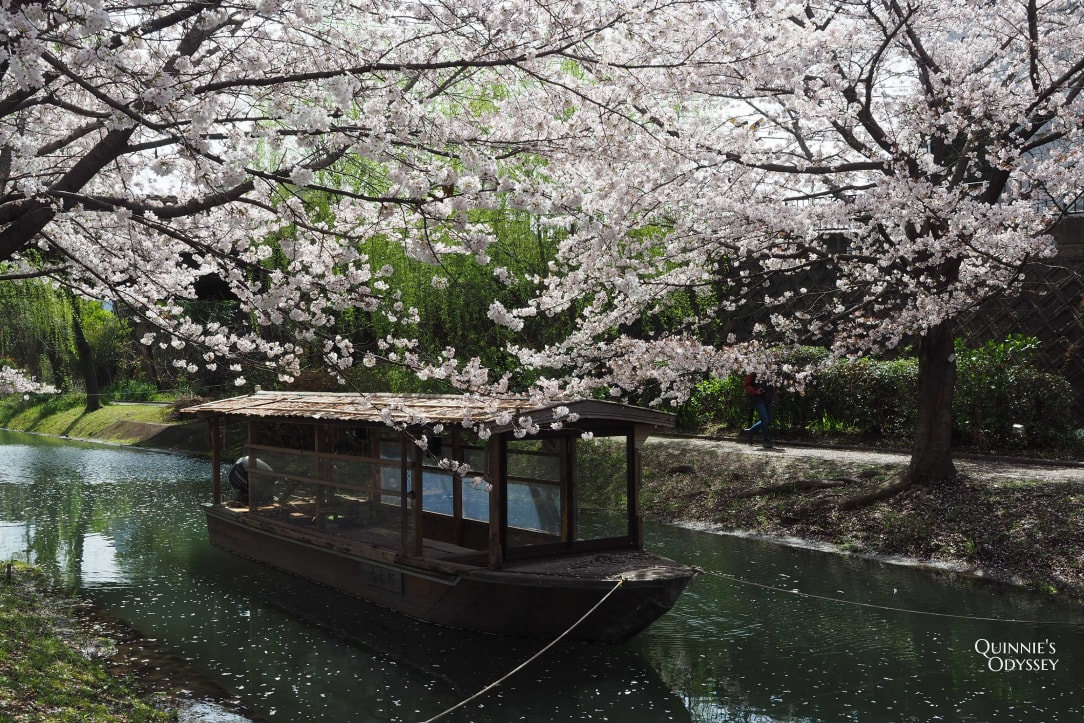
From the Benten Bridge, you can witness a breathtaking panorama of cherry blossoms in full bloom.
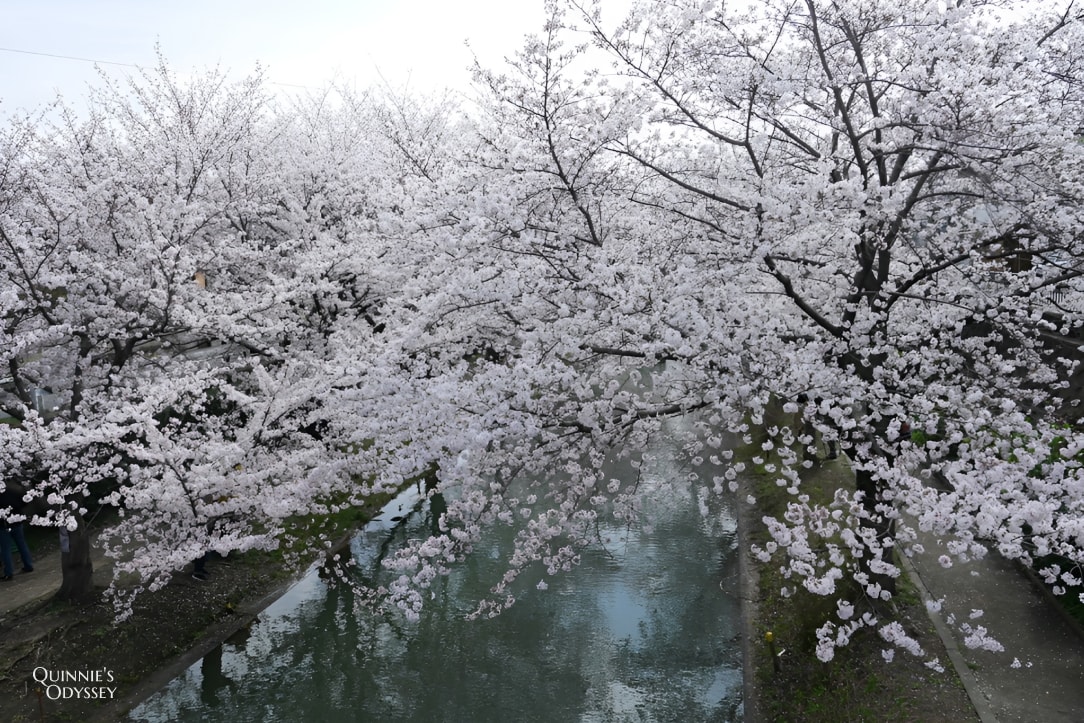
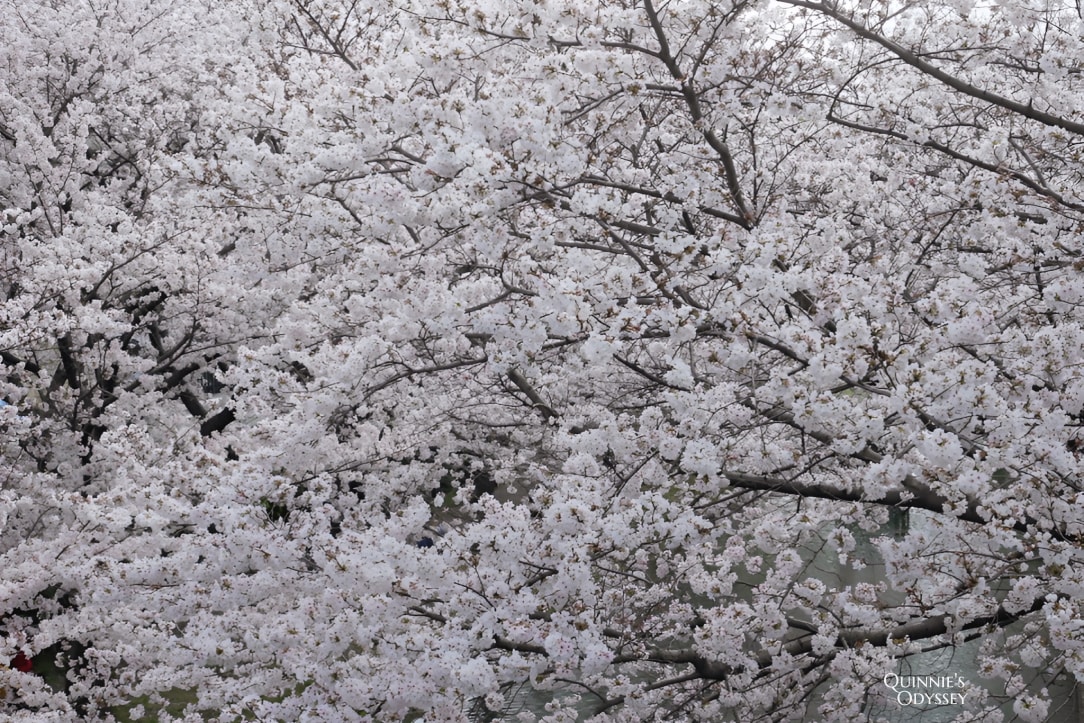
If you visit toward the end of the sakura season, the falling petals create a mesmerizing pink carpet over the river, enhancing the romantic charm of the scene.
Unfortunately, my time in Japan is limited this year, but I would love to witness the entire sakura season—from the first buds to full bloom and finally the enchanting petals drifting into the water.
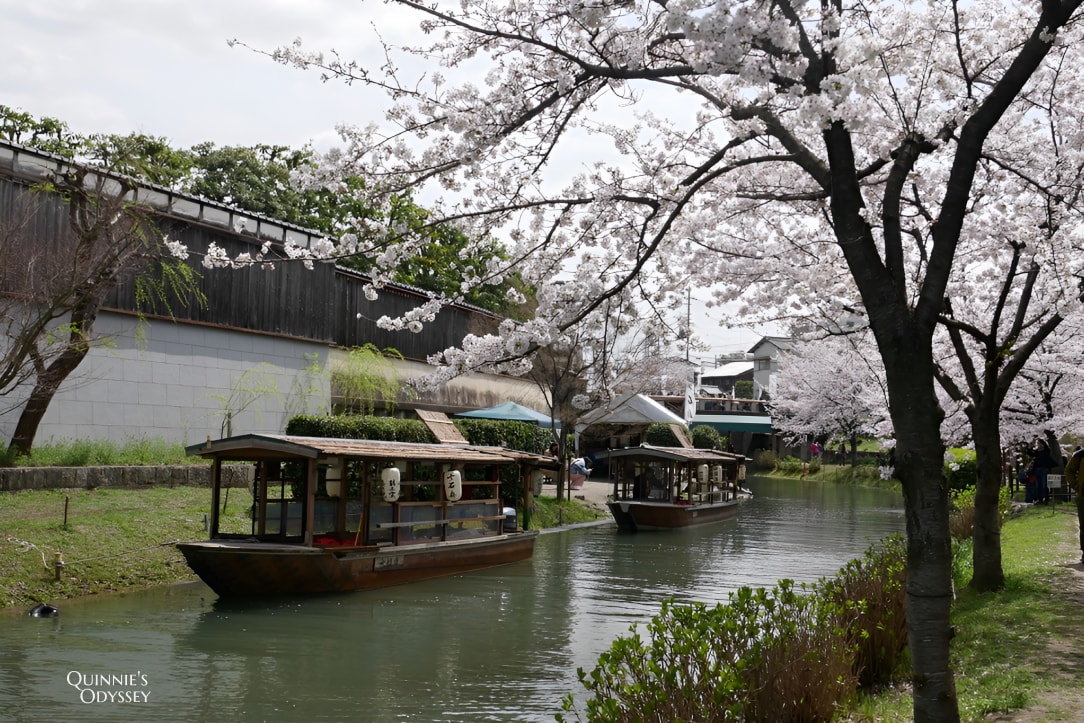
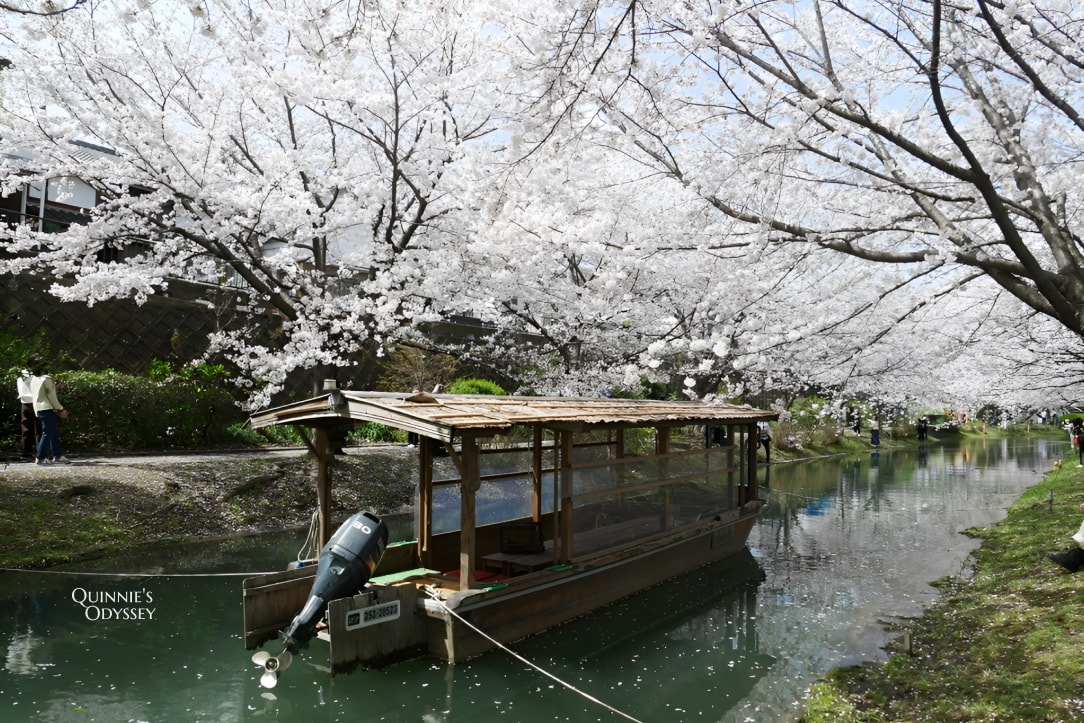
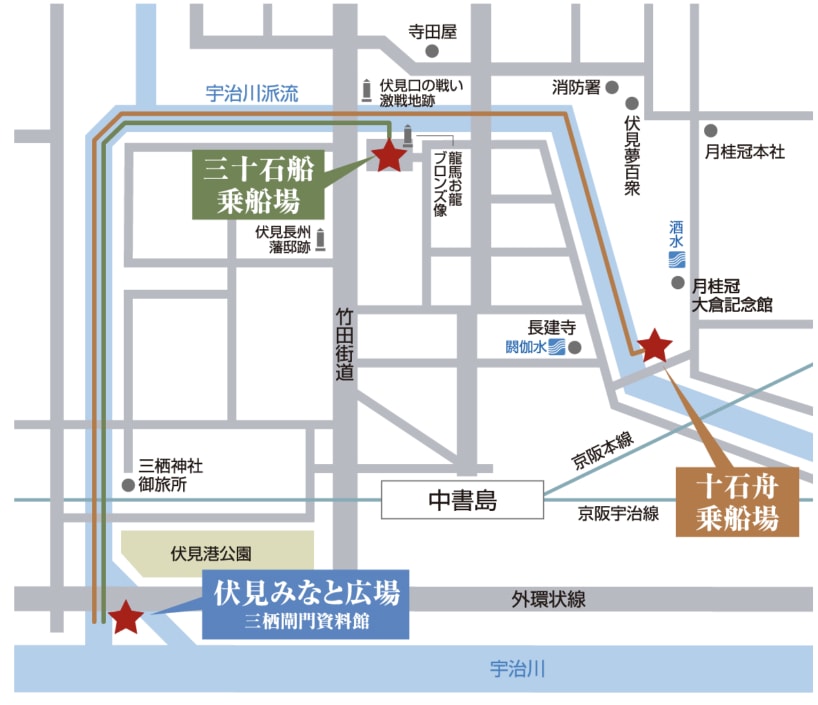
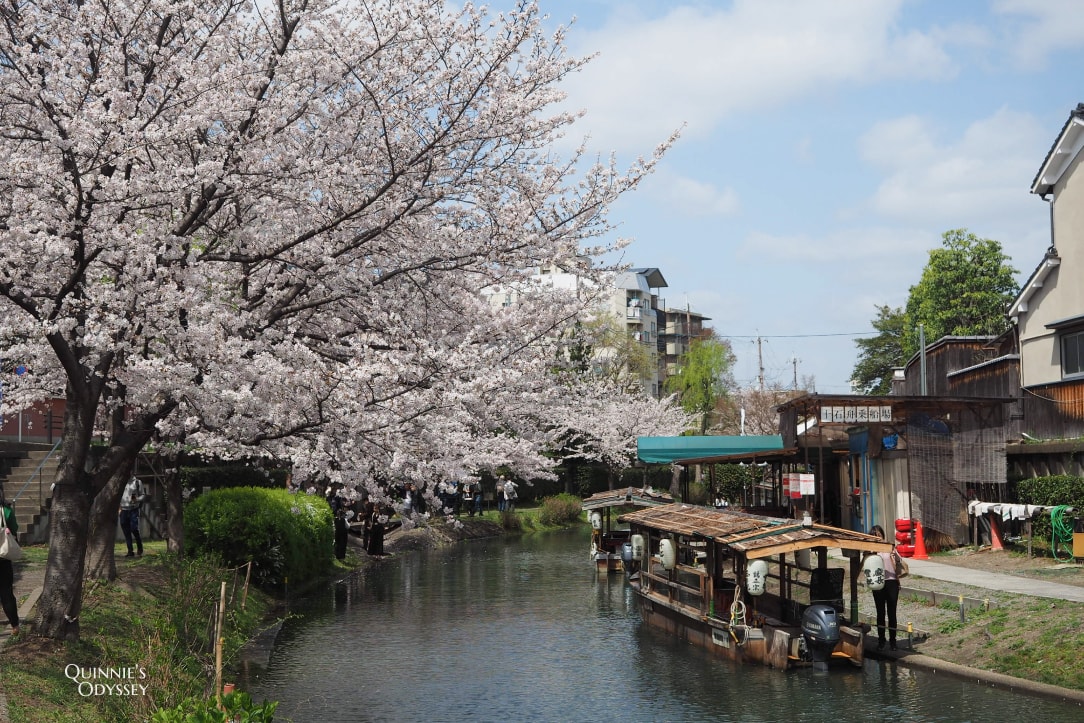
The cruise covers a scenic 1.2-kilometer journey along the Hori River. Departing from the Jukkoku-bune boarding area, the boat passes by historic sake breweries, including the renowned Gekkeikan.
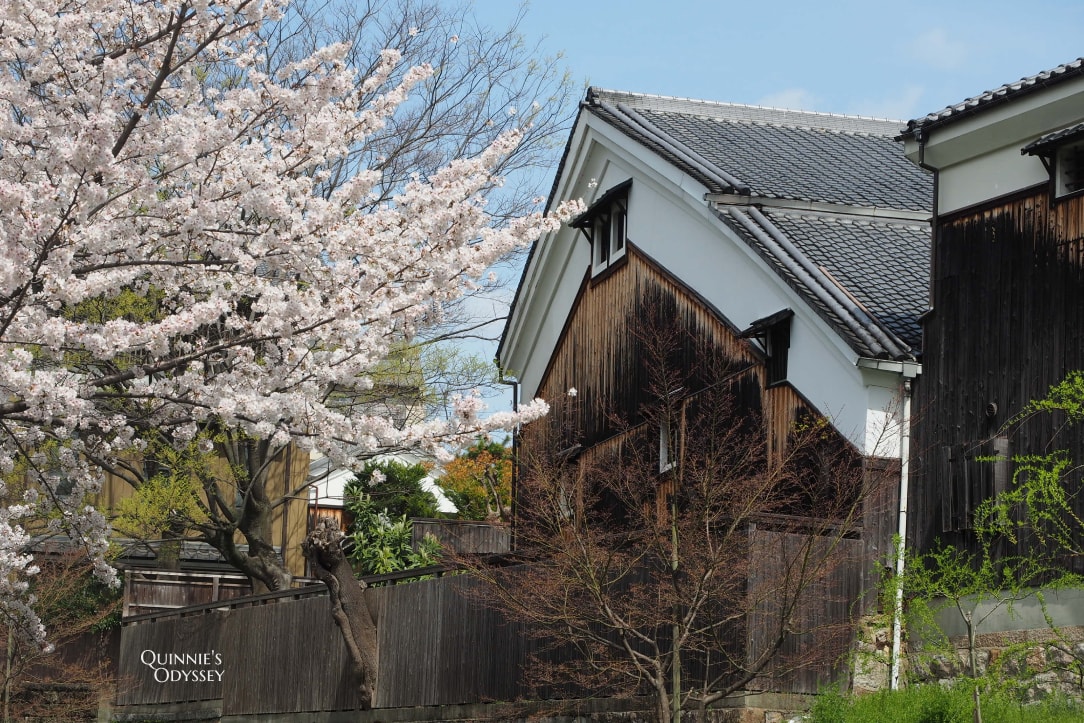
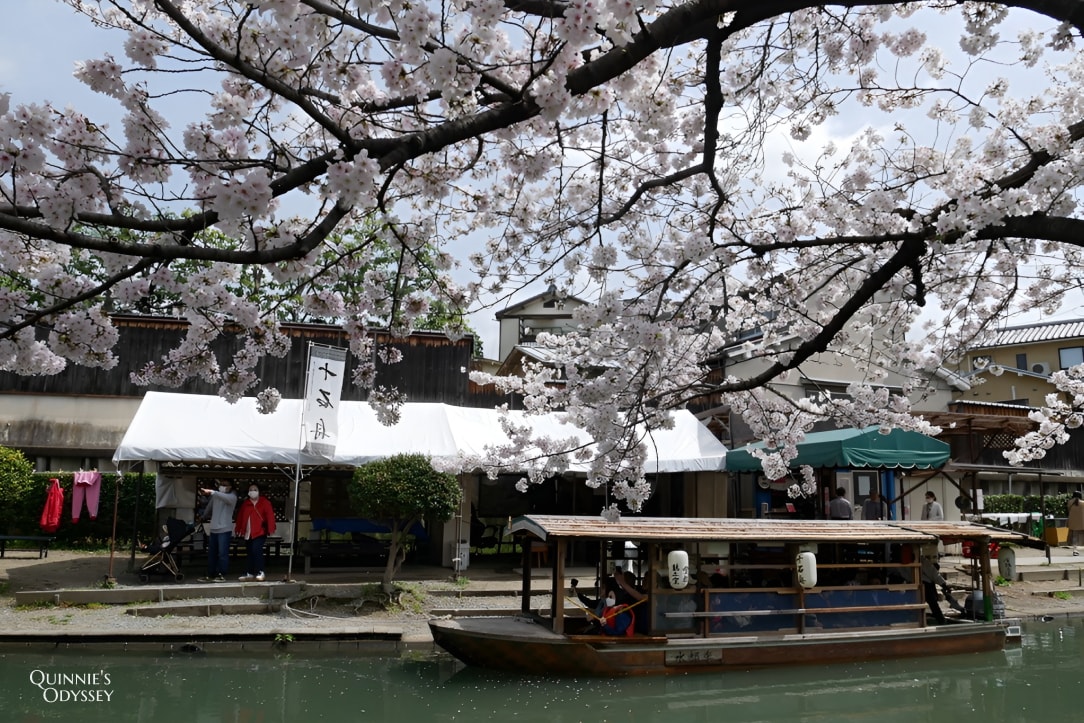
One of the highlights of the route is the Sanjukkoku Lock, an important water control facility built in 1929. Inspired by the Panama Canal’s lock system, it was designed to regulate water levels between the Hori River and the Uji River, allowing boats to navigate the height difference safely.
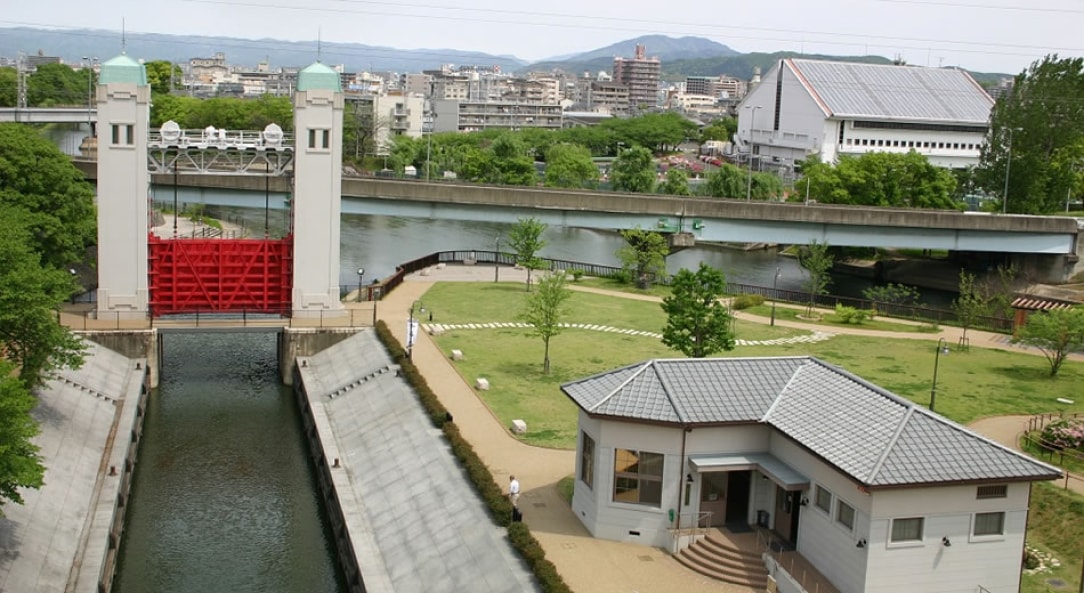
In its early years, the lock facilitated over 20,000 boats annually, playing a crucial role in the transport of goods between Kyoto and Osaka. Before World War II, it even contributed to Japan’s military and economic development. However, as rail transport took over, the Sanjukkoku Lock ceased operations in 1962.
Restored in 2000, this remarkable structure is now recognized as an important modern industrial heritage site in Japan. Visitors can explore the Sanjukkoku Lock Museum, where exhibits showcase its historical significance and contributions to Japan’s waterway transport system.
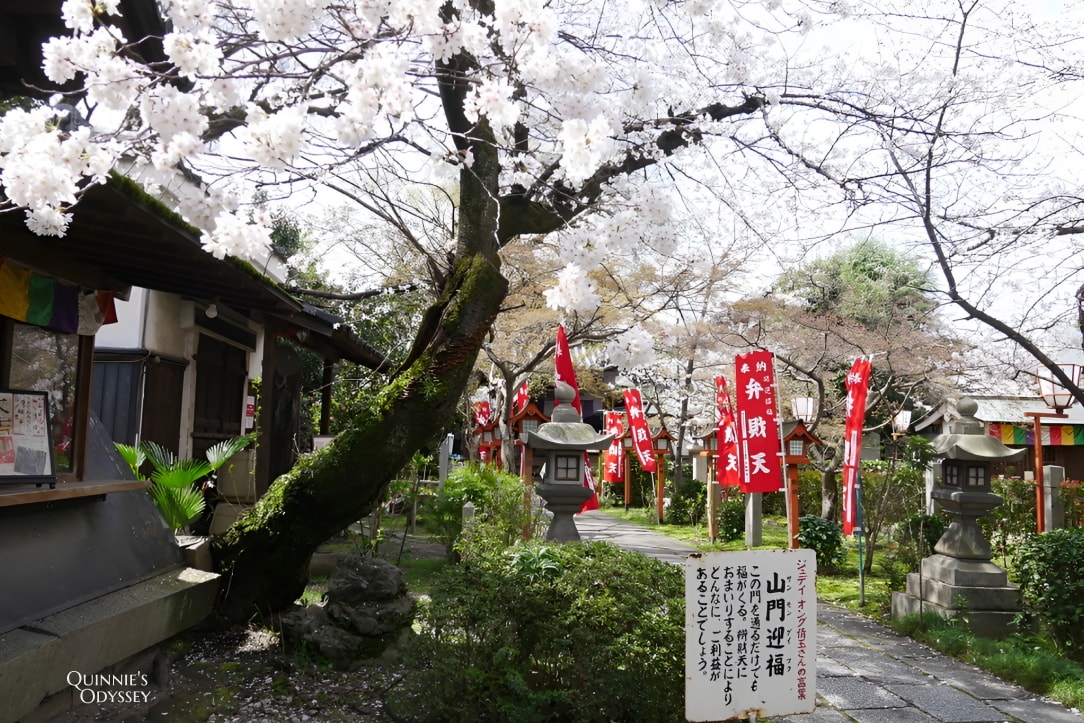
After your cruise, take a short stroll to Choken-ji Temple, a hidden gem filled with tranquility and history. Established in 1699, the temple was built to revitalize Fushimi following the decline of Fushimi Castle. Belonging to the Shingon sect’s Daigo school, its name, meaning “long life temple,” symbolizes longevity and prosperity.
Despite its small size, Choken-ji boasts stunning cherry blossoms in spring, offering a serene alternative to Kyoto’s more crowded hanami spots.
🌸 Looking for More Kyoto Cherry Blossom Experiences? Check out other spring tours on KKday!
▼ Kyoto Travel Essentials ▼

Thanks for reading!
If you’re interested in my stories, feel free to follow me on Instagram.
👉👉 IG: @sika_artist 👈👈